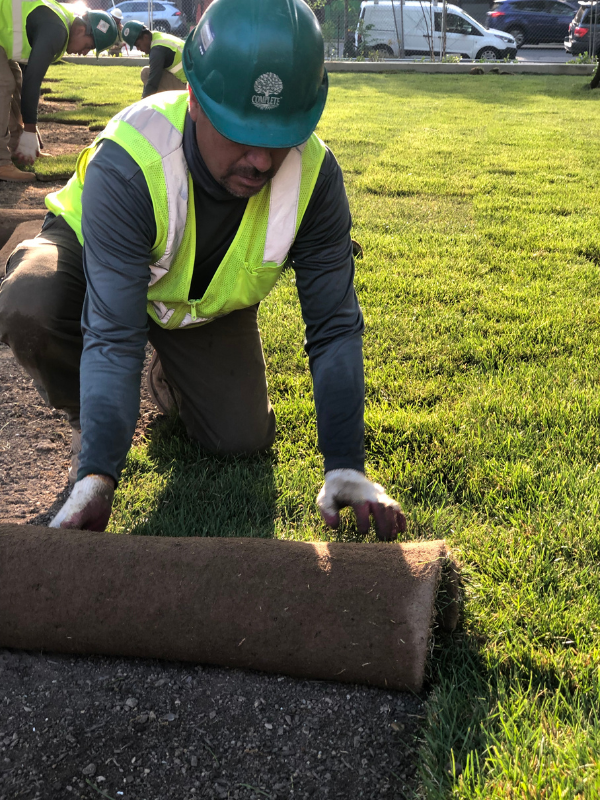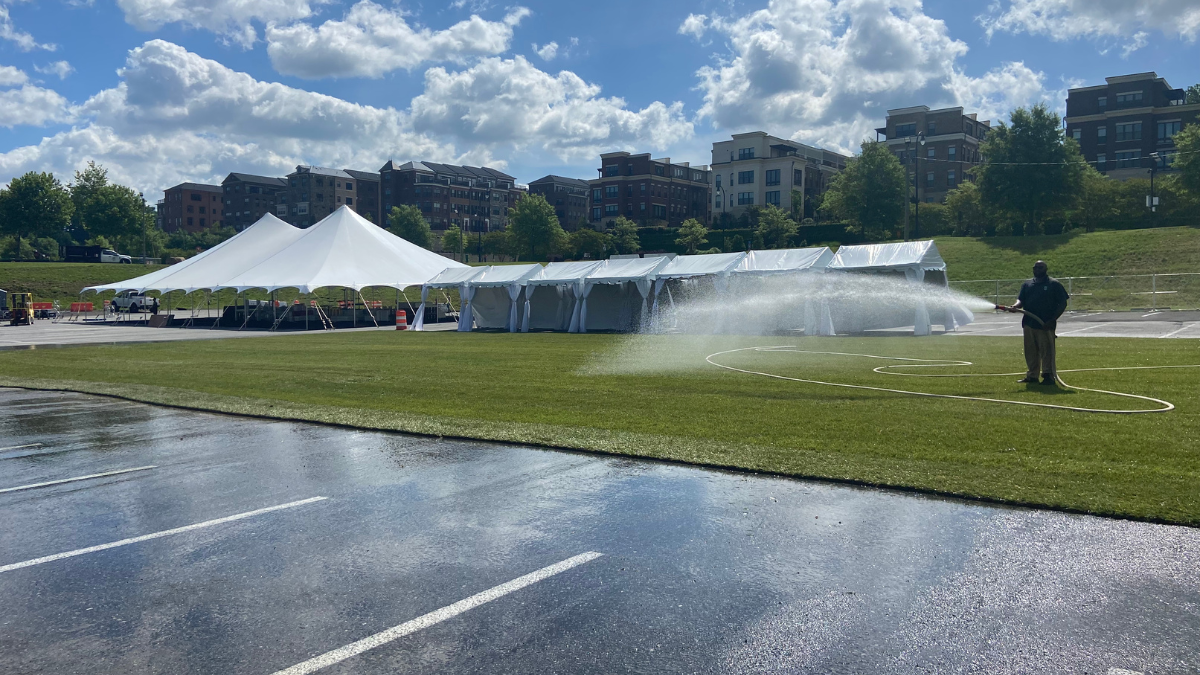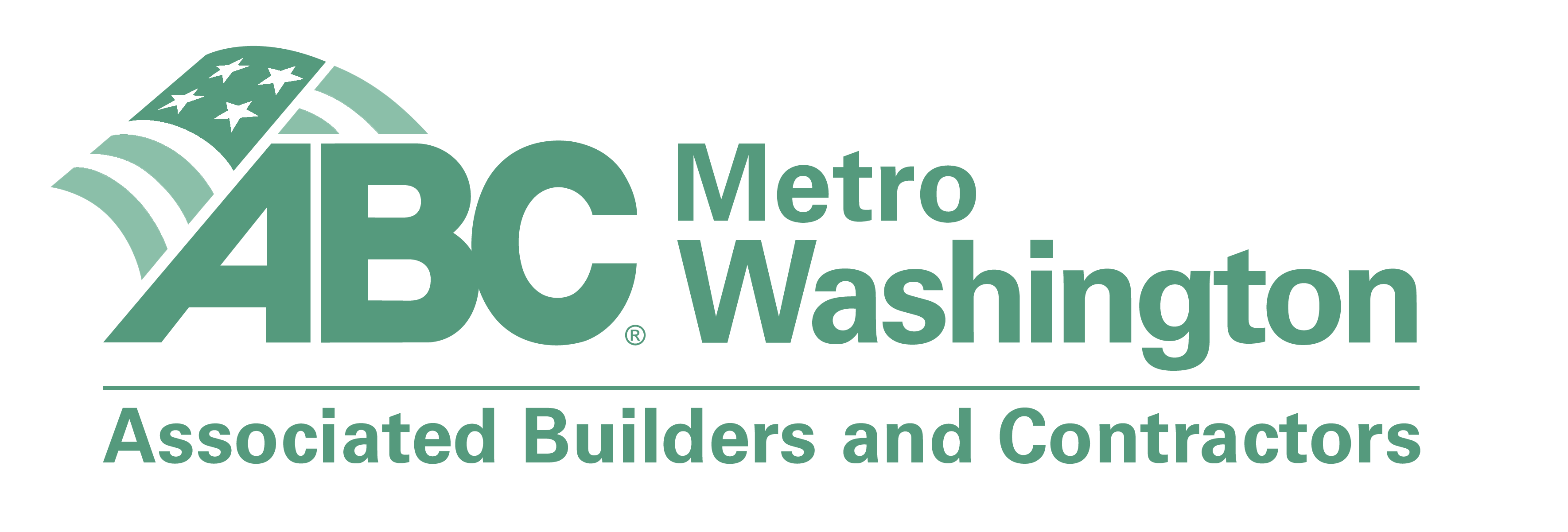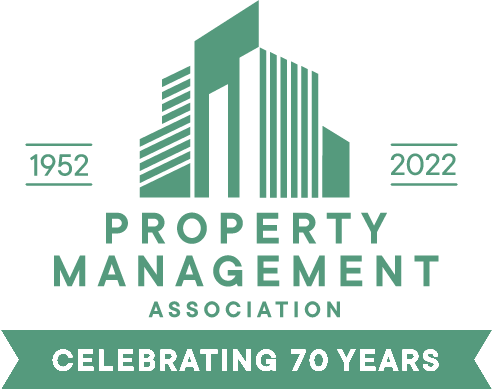Hydroseeding or Sod Installation: Washington DC Landscapes

How to Help Maintain and Improve Your Washington DC Landscape
Looking to enhance your Washington DC Landscape with hydroseeding or sod? When planning out your landscape design take into consideration maintenance and future investments.
Turf is limited in the concrete jungle which is why it dramatically increases curb appeal. When you choose to improve your apartment community or condo association in Washington DC, you need a professional landscape contractor. This will help you with everything from design and installation to landscape maintenance.
Resulting in a lawn and landscape, that will be lush, healthy, and vibrant in almost all seasons and conditions.
When Sod is Best For Your Commercial Property?
If you’re looking for instant gratification, installing sod is a great for immediate impact. Sod is often the best choice for commercial properties because it provides a quick, easy solution, and can be installed at any time of the year.
Sod is a great choice if you want to create a lush lawn quickly, and it can also help to reduce erosion. However, it is important to note that sod requires more water and maintenance than hydroseeding or conventional seeding. Sod is also more expensive than other options, so you’ll need to weigh the pros and cons of each option before making your decision.
Ultimately, all three options have their advantages and disadvantages, so it is important to make sure you have the right type of grass for your property and its characteristics. Sod is fully grown grass that comes in a roll or matt. It has about 1/2″ of soil held in place with a mature turf root system. Because of its’ mature root system, it provides our Washington DC Landscape clients with an instant lawn.
There are several varieties of sod available at local sod farms. A top landscape contractor will provide you with a variety of options in a proposal. Consult with a full service commercial landscape contractor to determine the right sod for your property.
What is Hydroseeding and How is It Different Than Sod?
If you can afford 6-8 weeks to allow a lawn to grow in, then a more economical way to go may be to hydroseed.
Often times, hydroseeding is accomplished by spraying a mixture. This can include, grass seed, fiber mulch, tack, starter fertilizer and liquid lime. It must be applied to prepared, fine graded soil that has been screened, raked and removed of debris. Once the seed mixture has been applied, a layer of straw should be added as a top-dressing to protect the new seedbed and keep soils moist for optimal seed germination. The hydro-seeded area needs to remain moist during germination so you’ll want to check it every two to three days and water as needed until you have 90% germination and 3-5″ top growth.
Here is why you need a commercial landscape contractor:
A professional landscape contractor can offer you a great design plan, the right resources, and execute the job correctly. DC can be a challenging place for any lawn to sprout into fruition. Because of this, you need a professional landscaper specializing in commercial property services that can help you bring your goals to life.
For instance, if your site isn’t irrigated and is in full sun, you want a drought tolerant, disease resistant tall fescue sod which will have more warm season characteristics.
On the other hand, if your property has dappled light, or tends to be more shaded with northern exposures, a Bluegrass sod may be a better choice.

What About Vertiseed?
If you have an existing lawn that has grown tired, is thin, bare and overgrown with weeds, the best way to restore the lawn may be to verti-seed. A machine slices grooves into the soil and deposits seed rows at a 1-2″ depth. This method is also known as slit-seeding.
With the new grass seed planted, you can expect a very high germination rate and improved turf density within a relatively quick period. You’ll once again want to pay close attention to the seed blend used to make sure the type of grass is the right one for your property and its characteristics mentioned above.
Sod is an alternative to Verti-seed and Slit-seeding.

How to Enhance Your Washington DC Property
Laying sod is one of the best ways to instantly see a change and enhance your commercial landscape. It is a multi-use enhancement that serves as a high value addition to DC properties. Complete works on projects for Washington DC parks, community common area spaces, retail centers, and more. Our unique projects require a full range of services. Ranging from sod installation, to landscape construction, all the way to maintaining our beautiful designs.
Complete Landscaping offers a range of options for growing and installing the perfect lawn. This includes hydroseeding – for any commercial property or commercial landscape installation project.
Not sure if hydroseeding or sod is right for your Washington DC commercial property? Contact us today for our expert advice and to join our family tree of happy clients. A landscape professional will follow up with you to set a consultation up!









Thanks for the information you included on hydroseeding! I have been looking into this option for my lawn. I can probably afford 6-8 weeks, so I think this would be a great way to seed my lawn.
Totally agree that if someone is just looking for that instant gratification look then go with the sod over seed. Obviously getting the right type of grass is key to having that great look and feel last longer as well. Great blog!
I want to make sure that my lawn grows properly. I didn’t know that hydroseeding could be so effective for that! It would be great to have a healthy lawn grow in only 6-8 weeks!